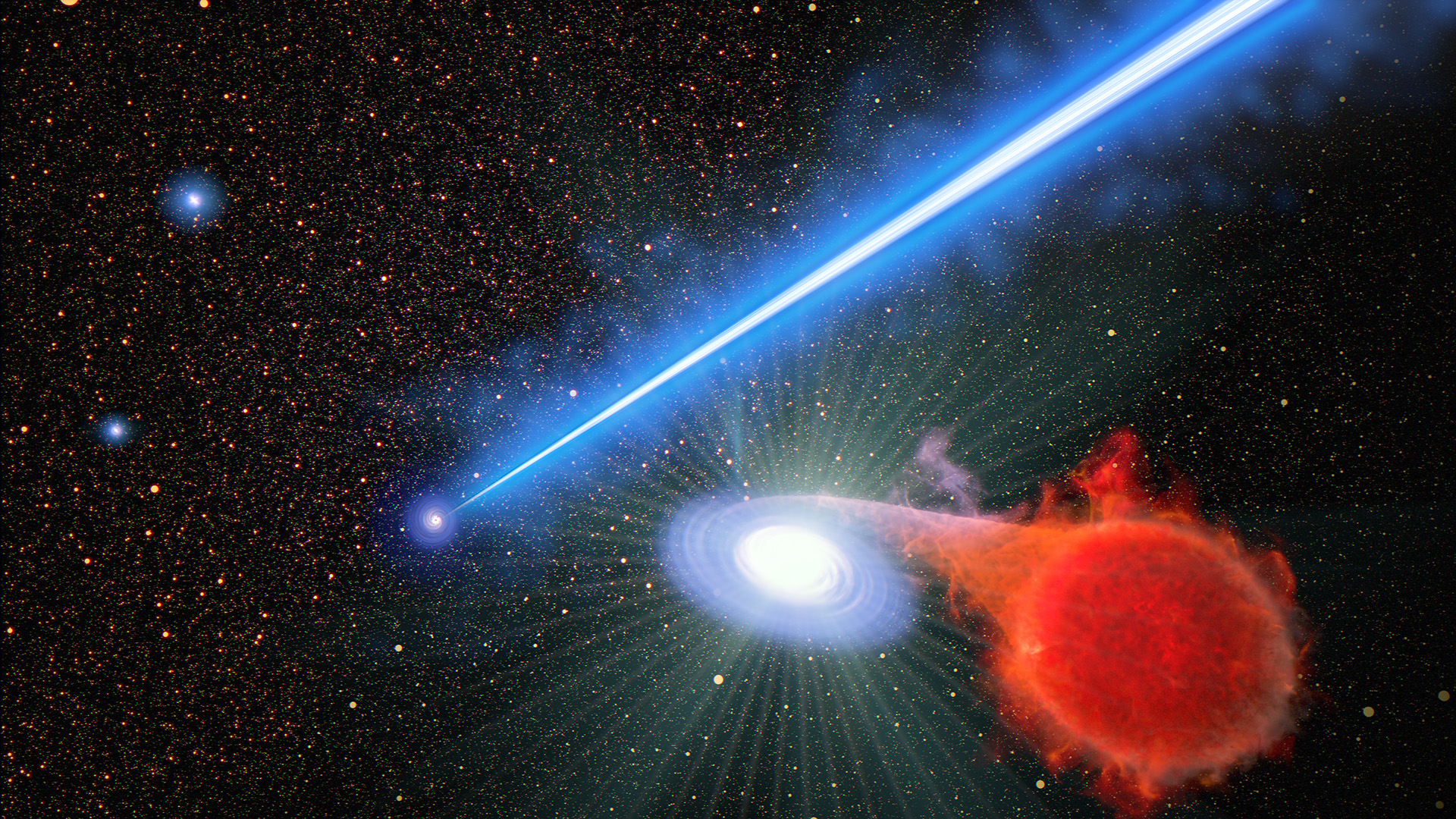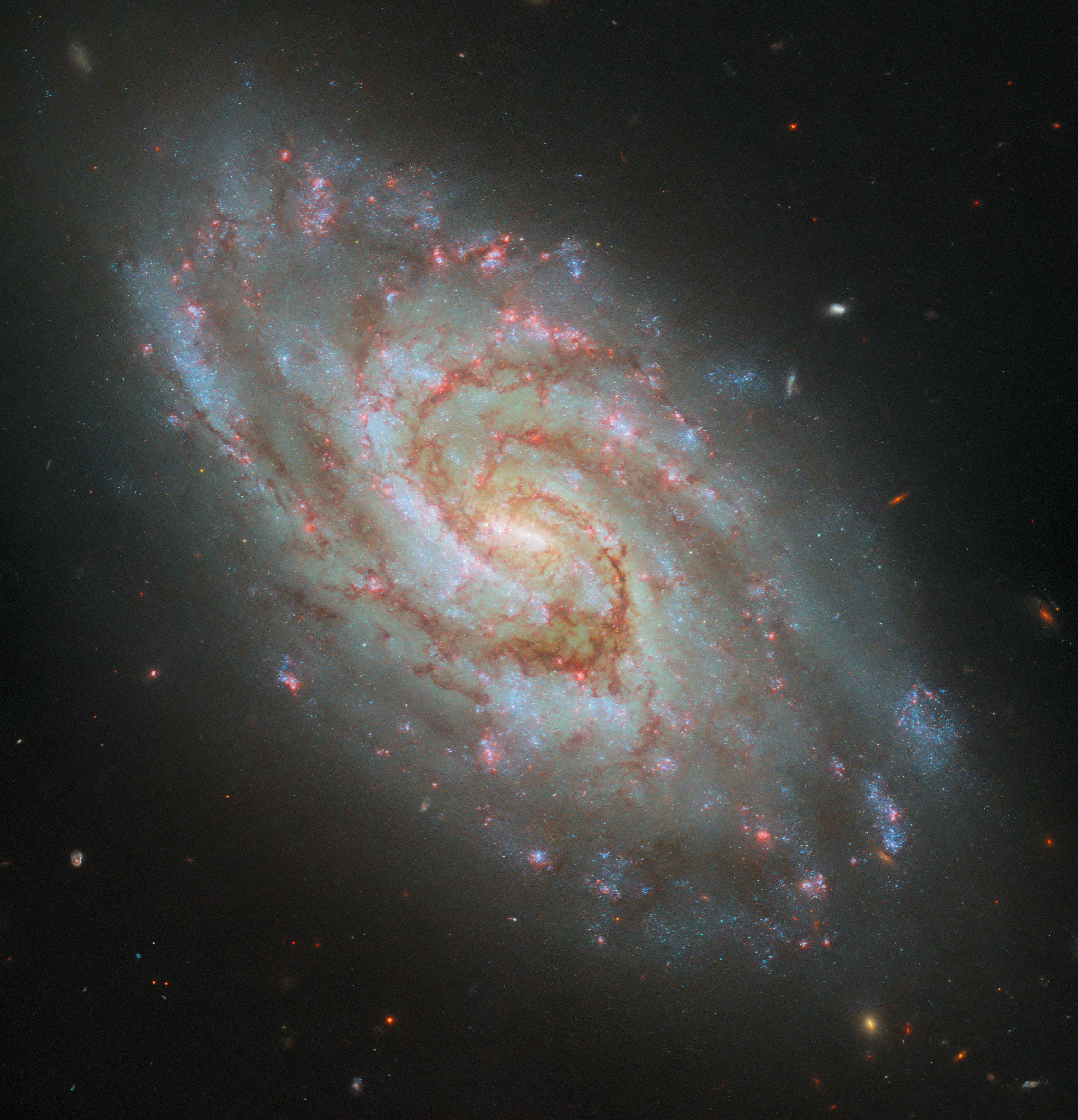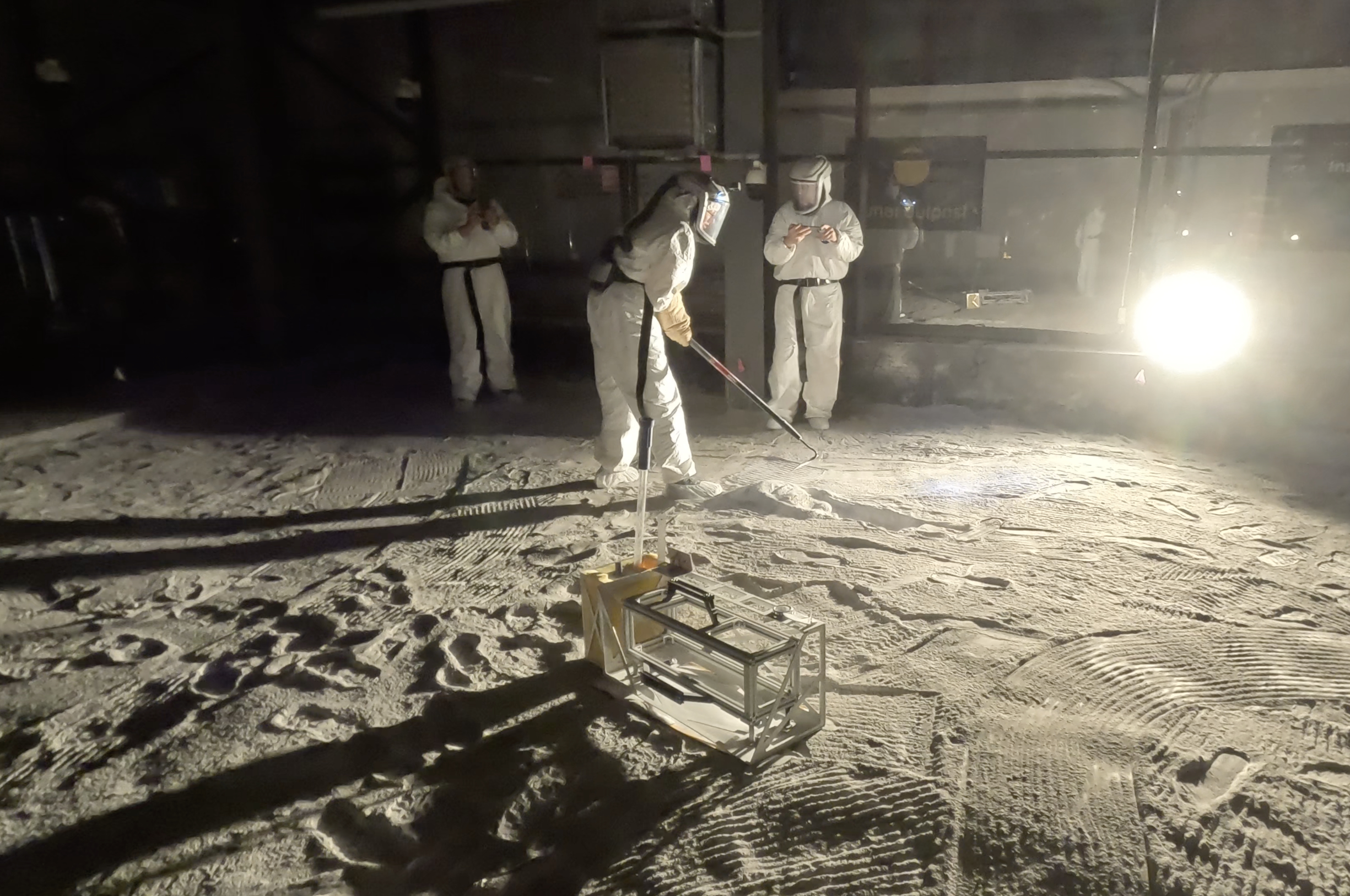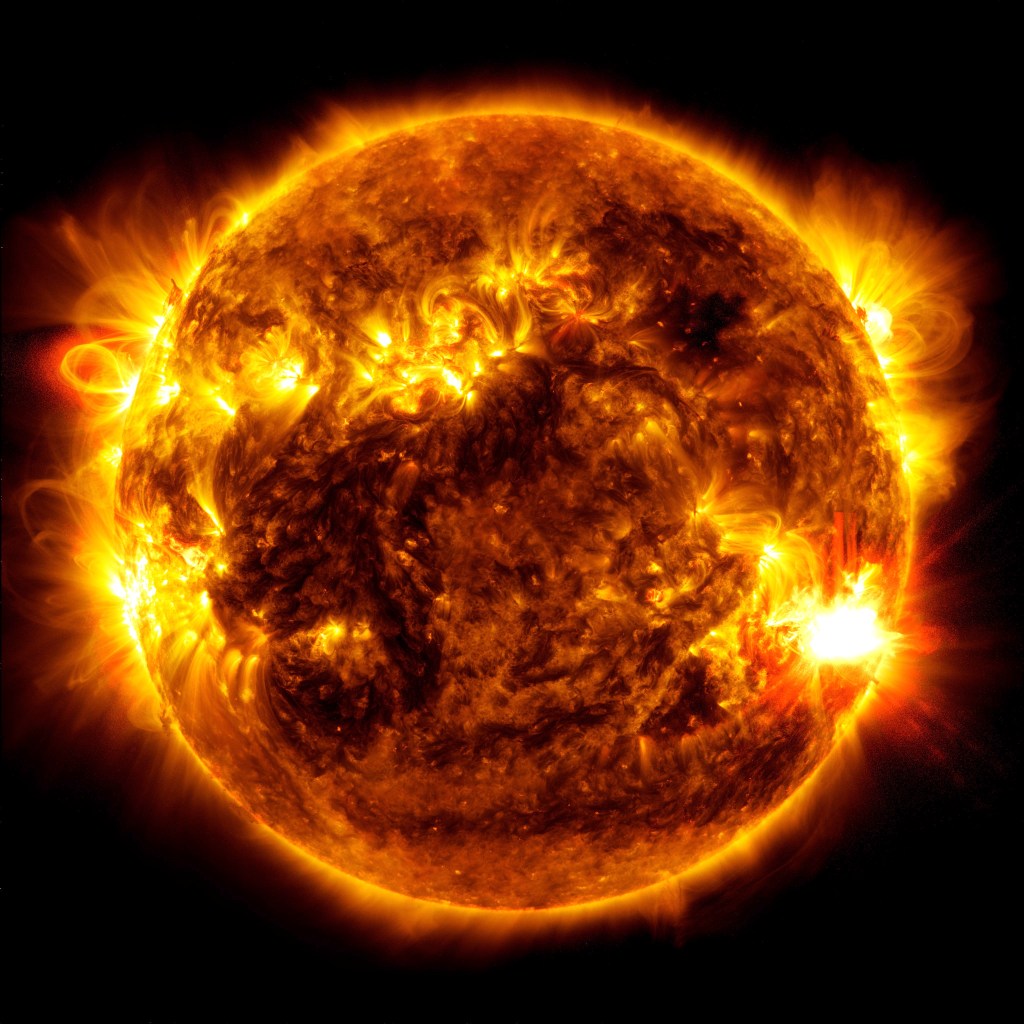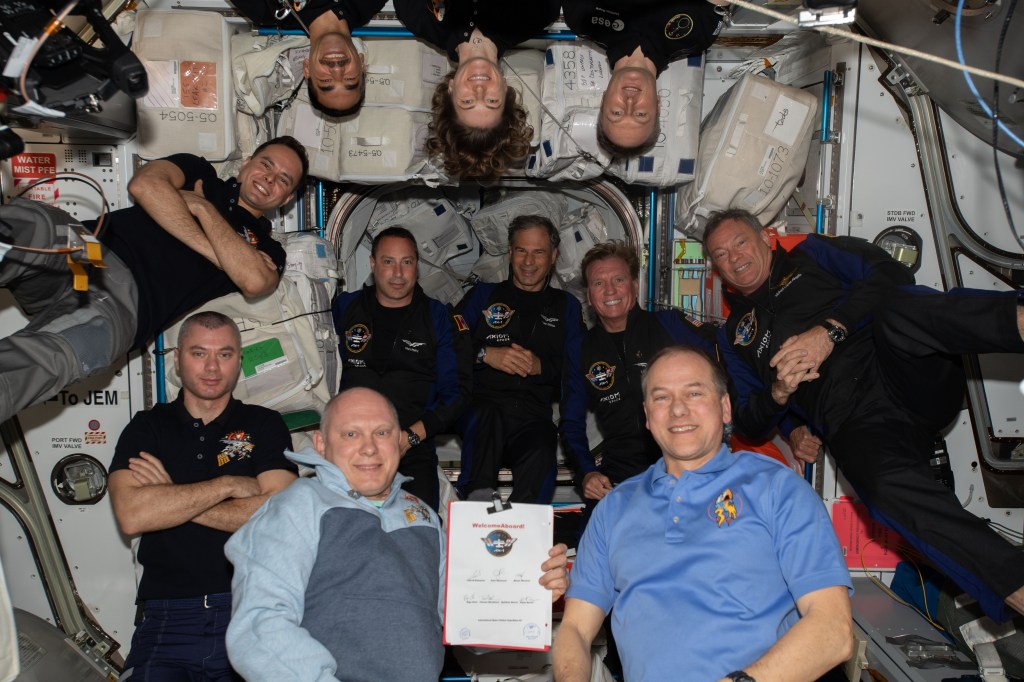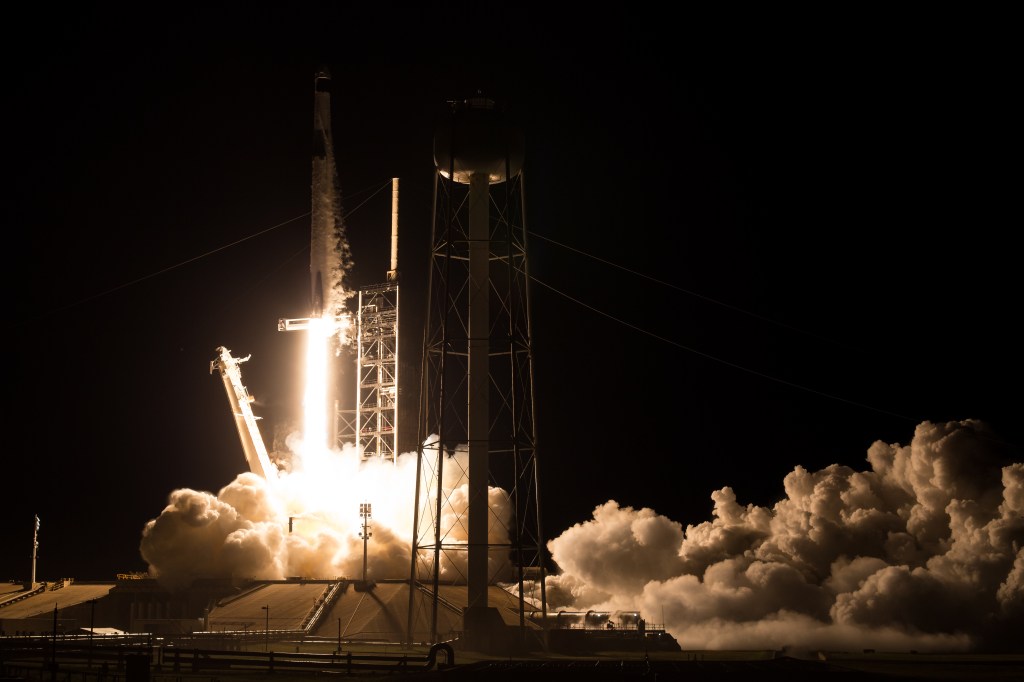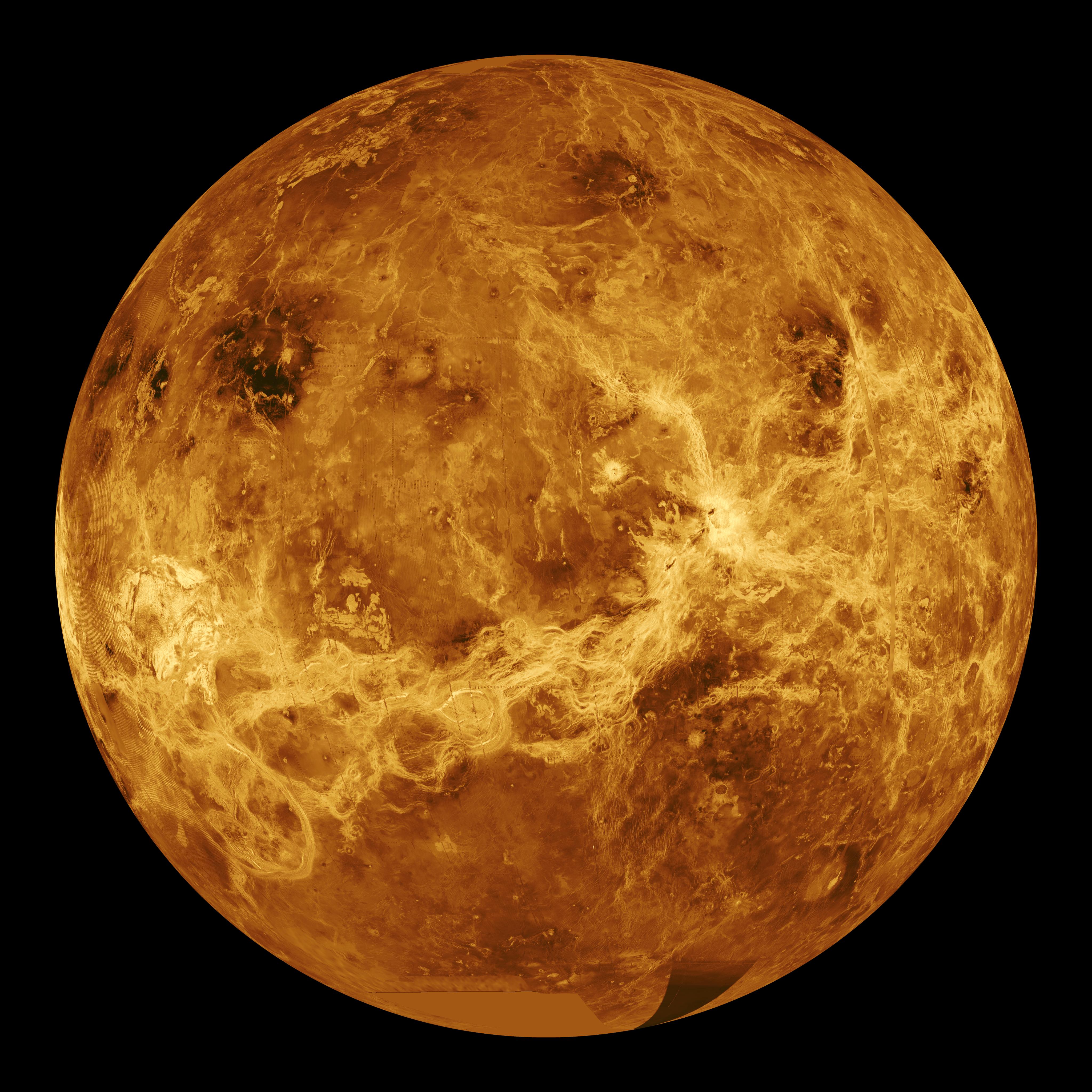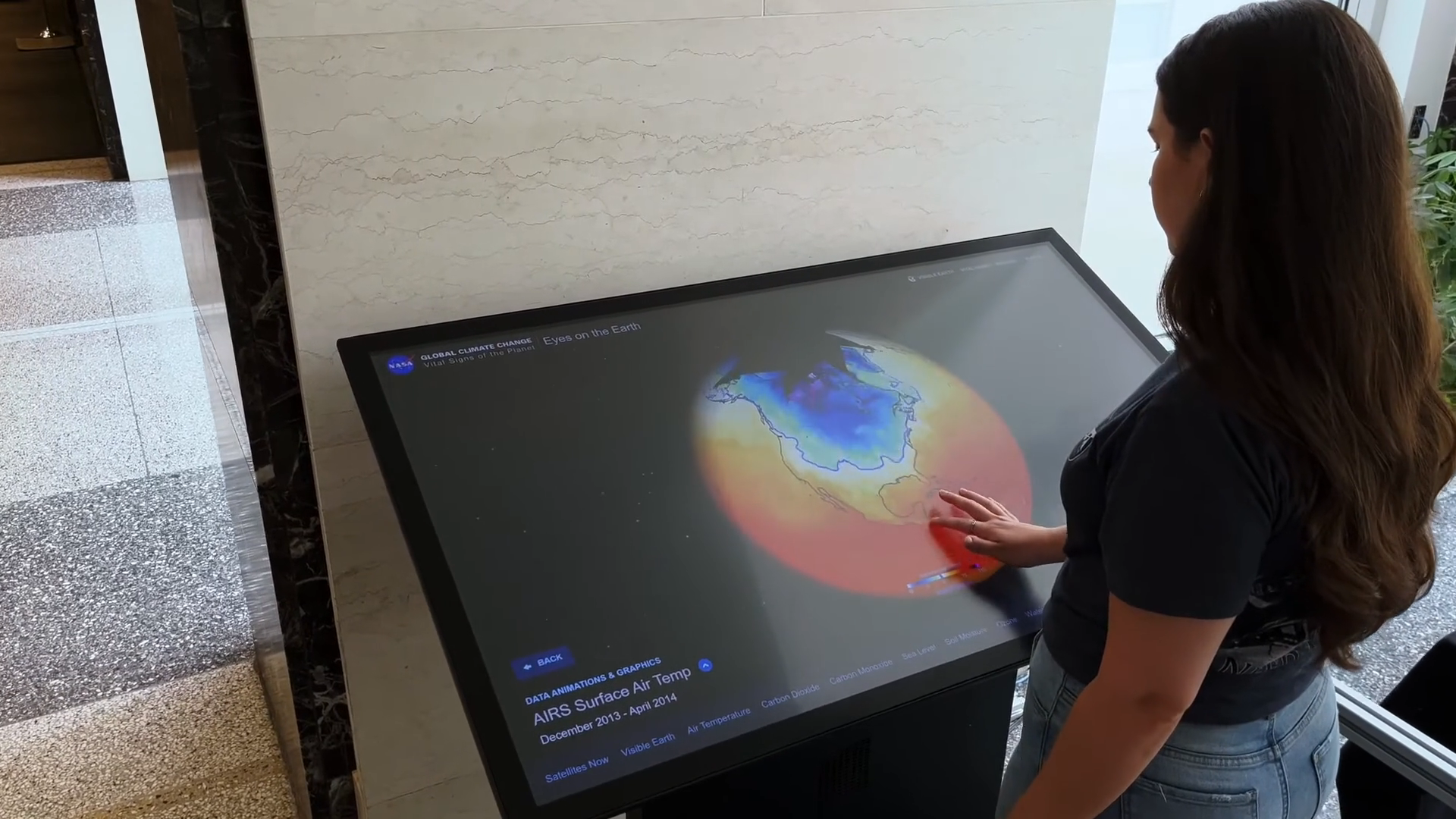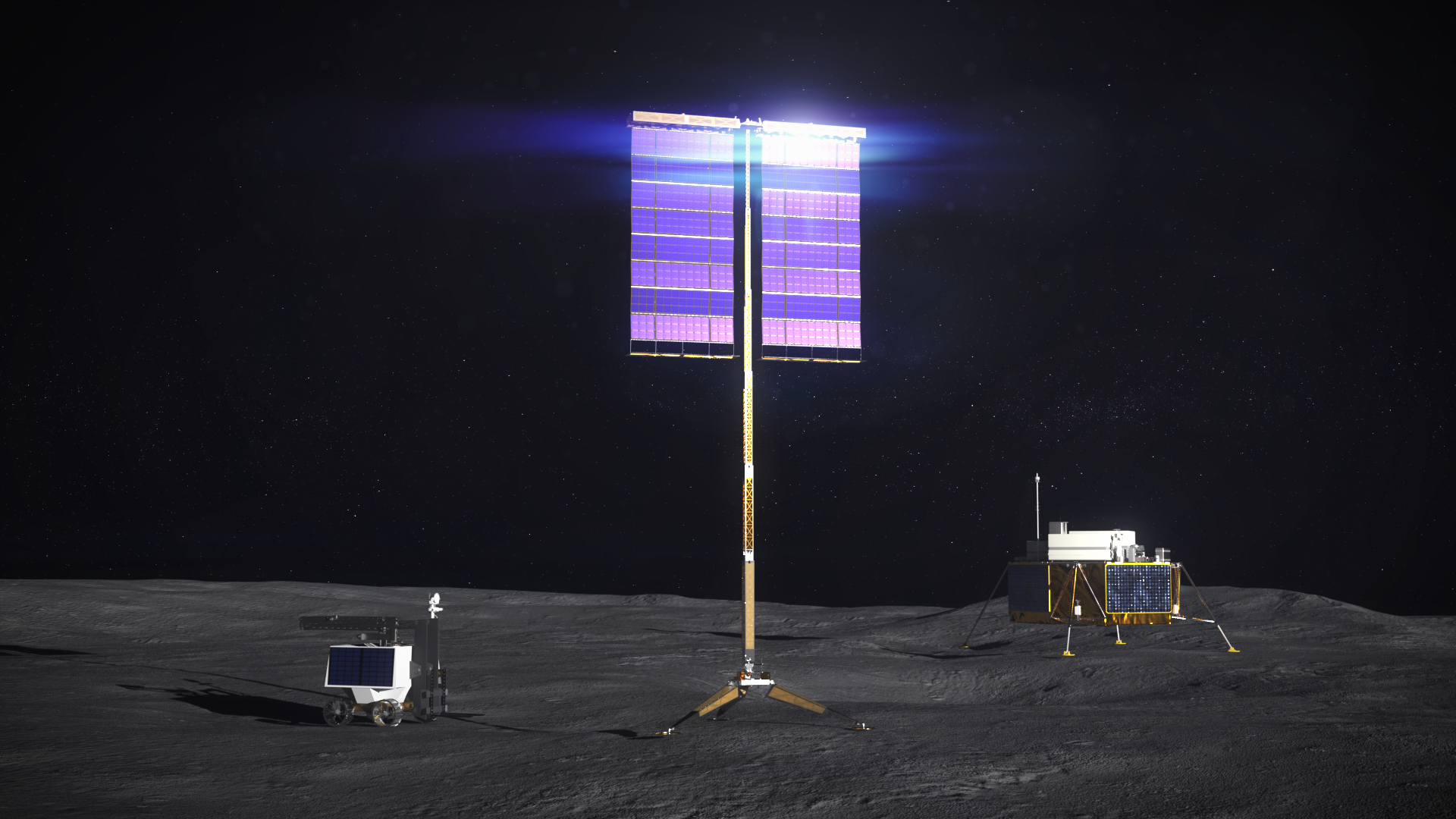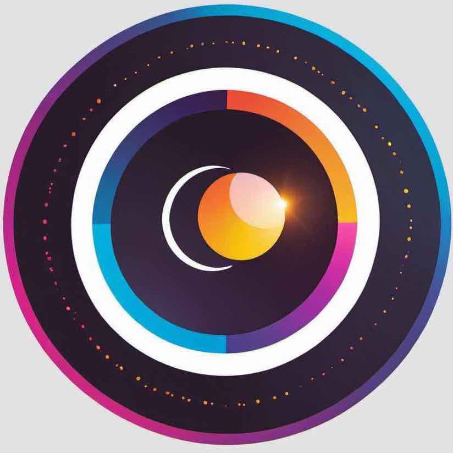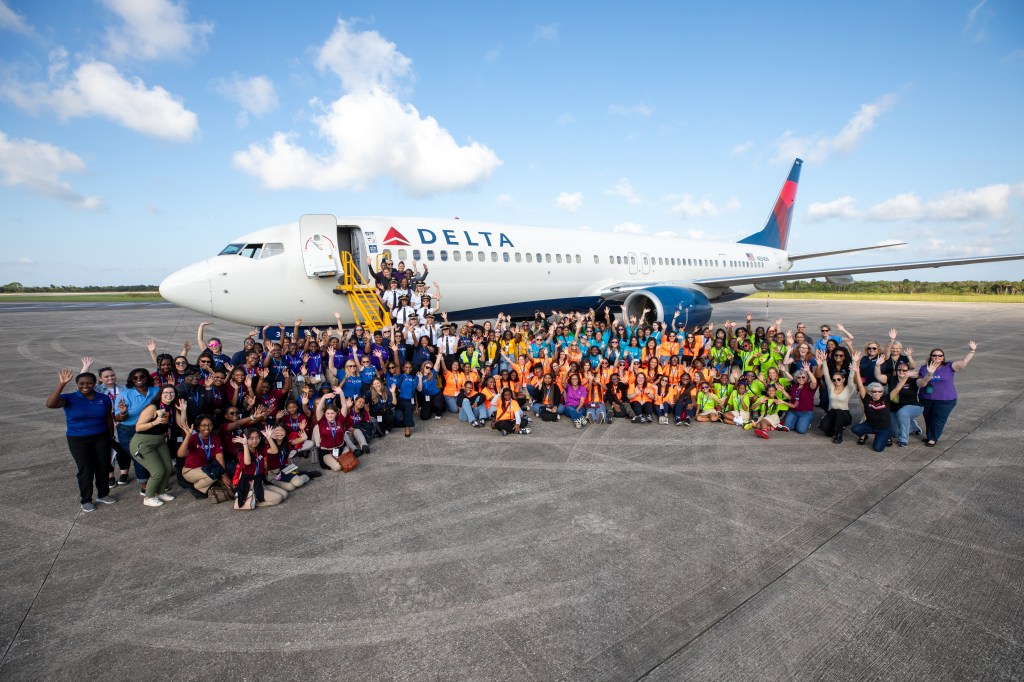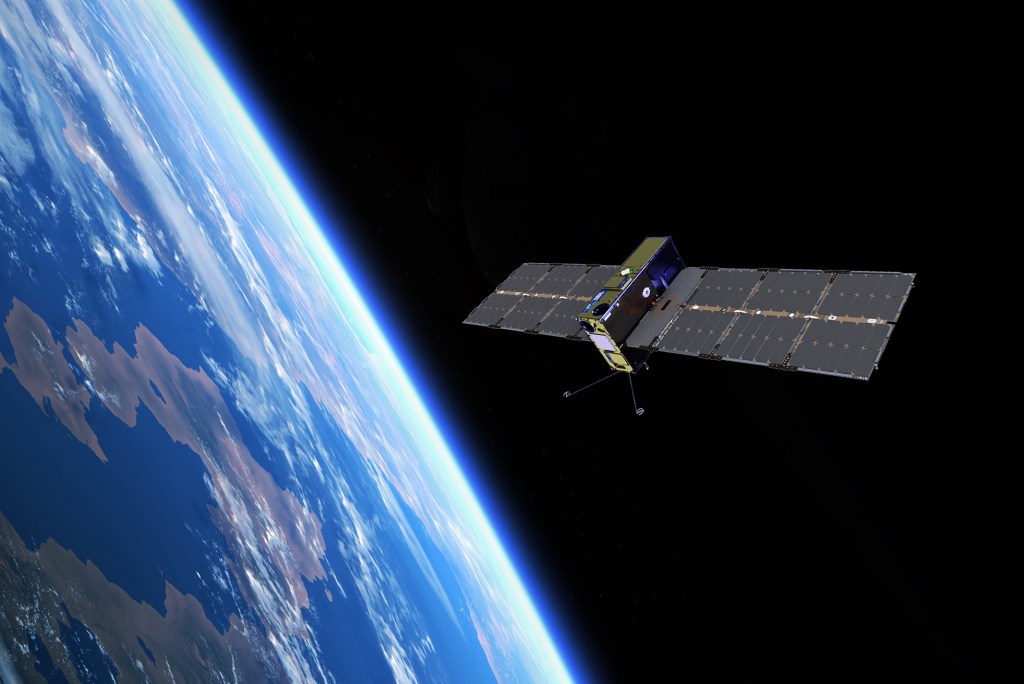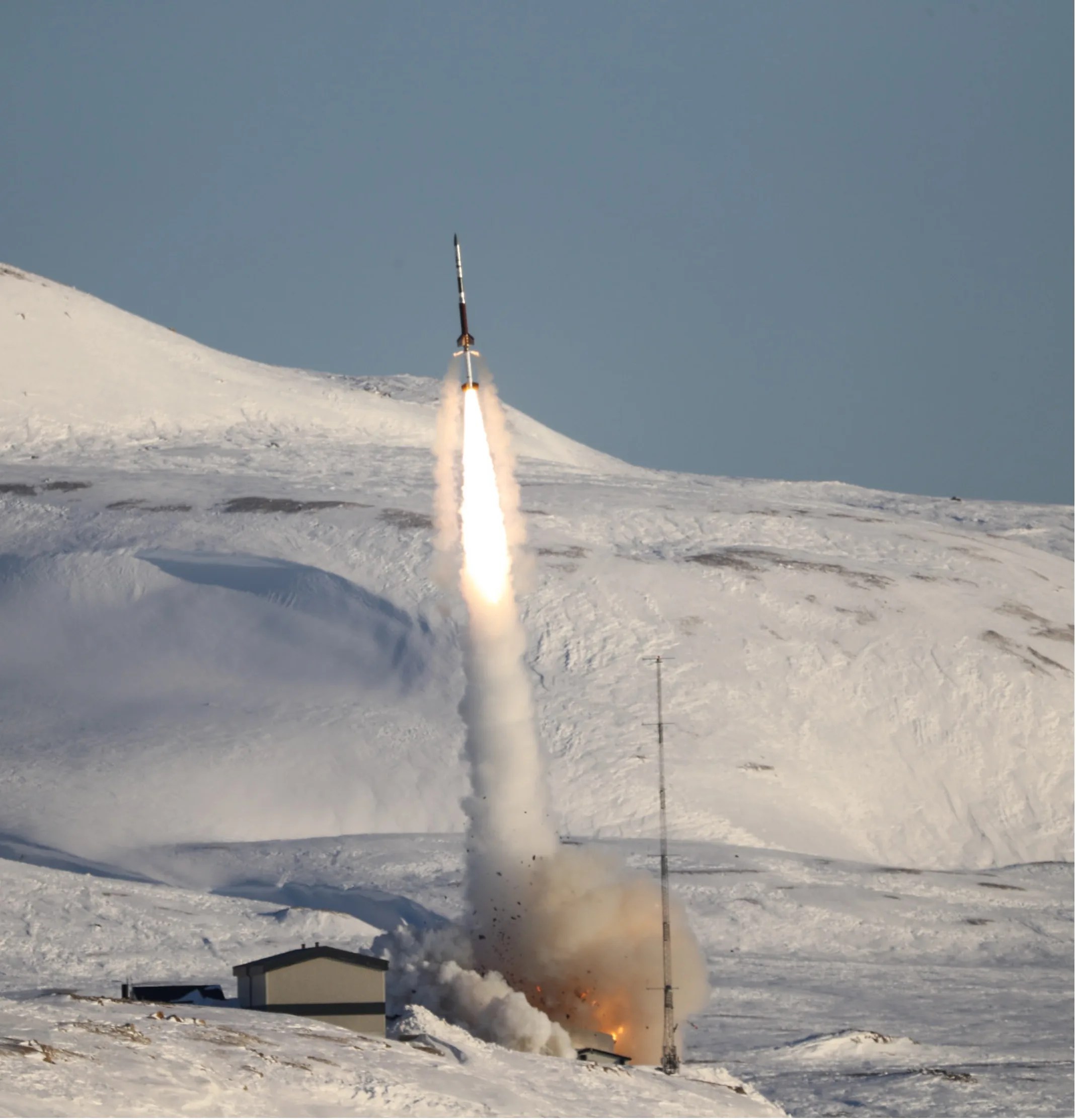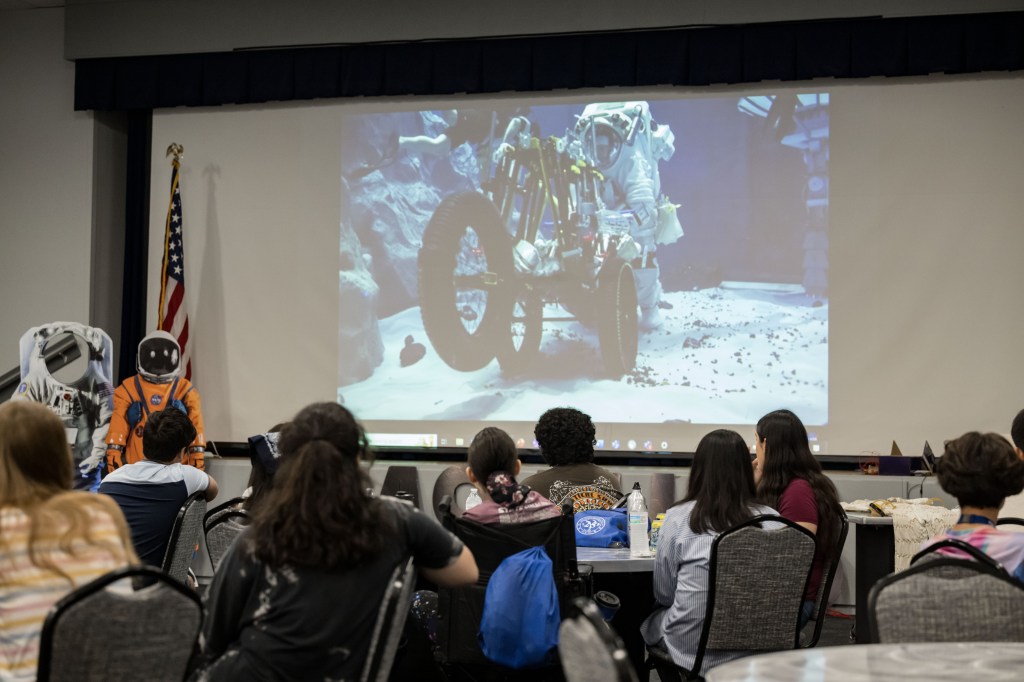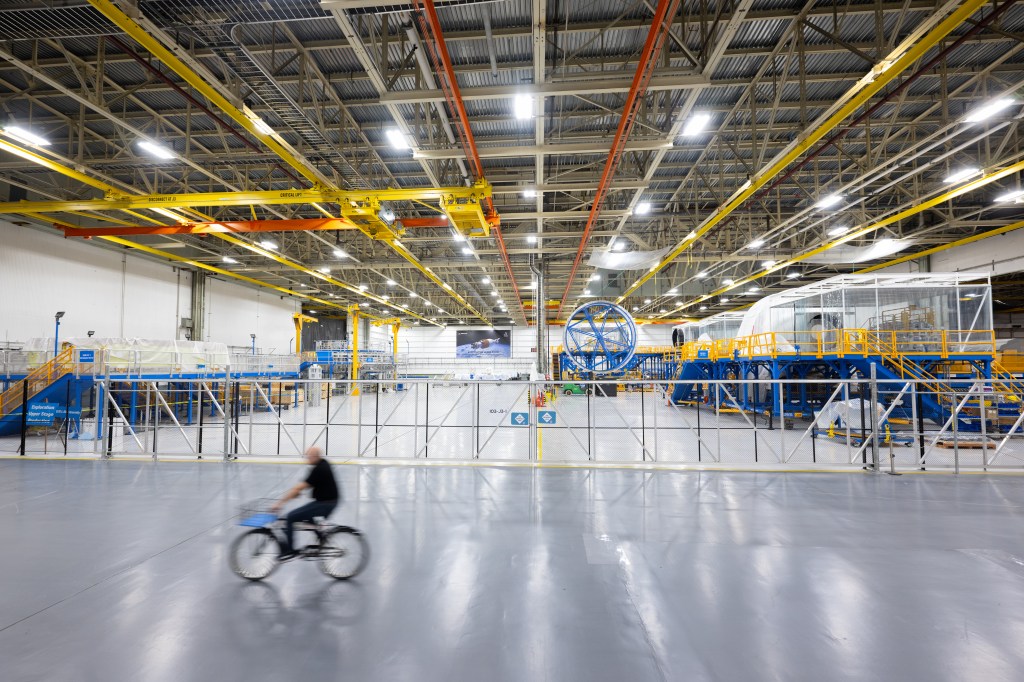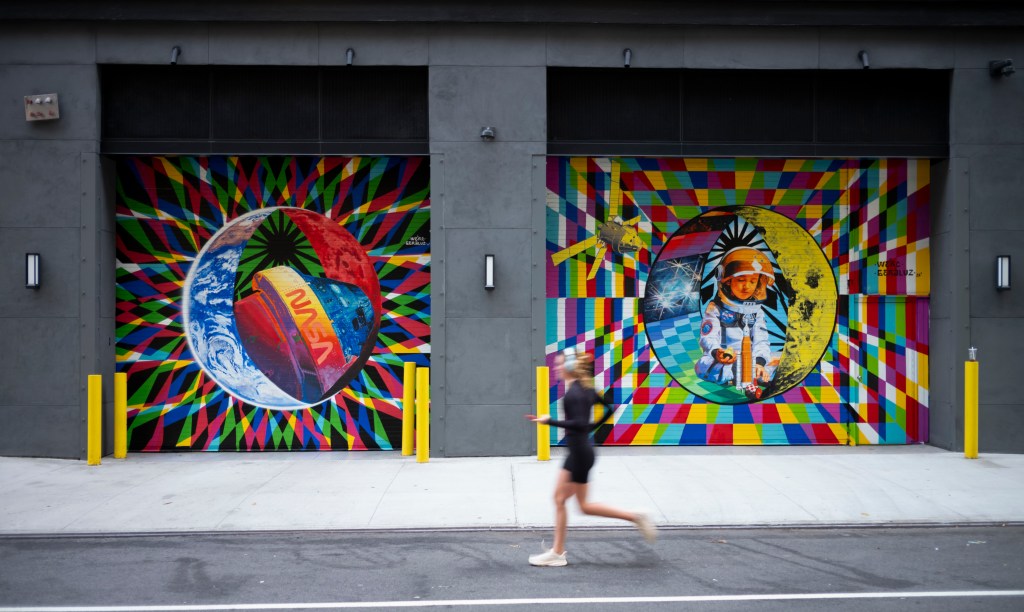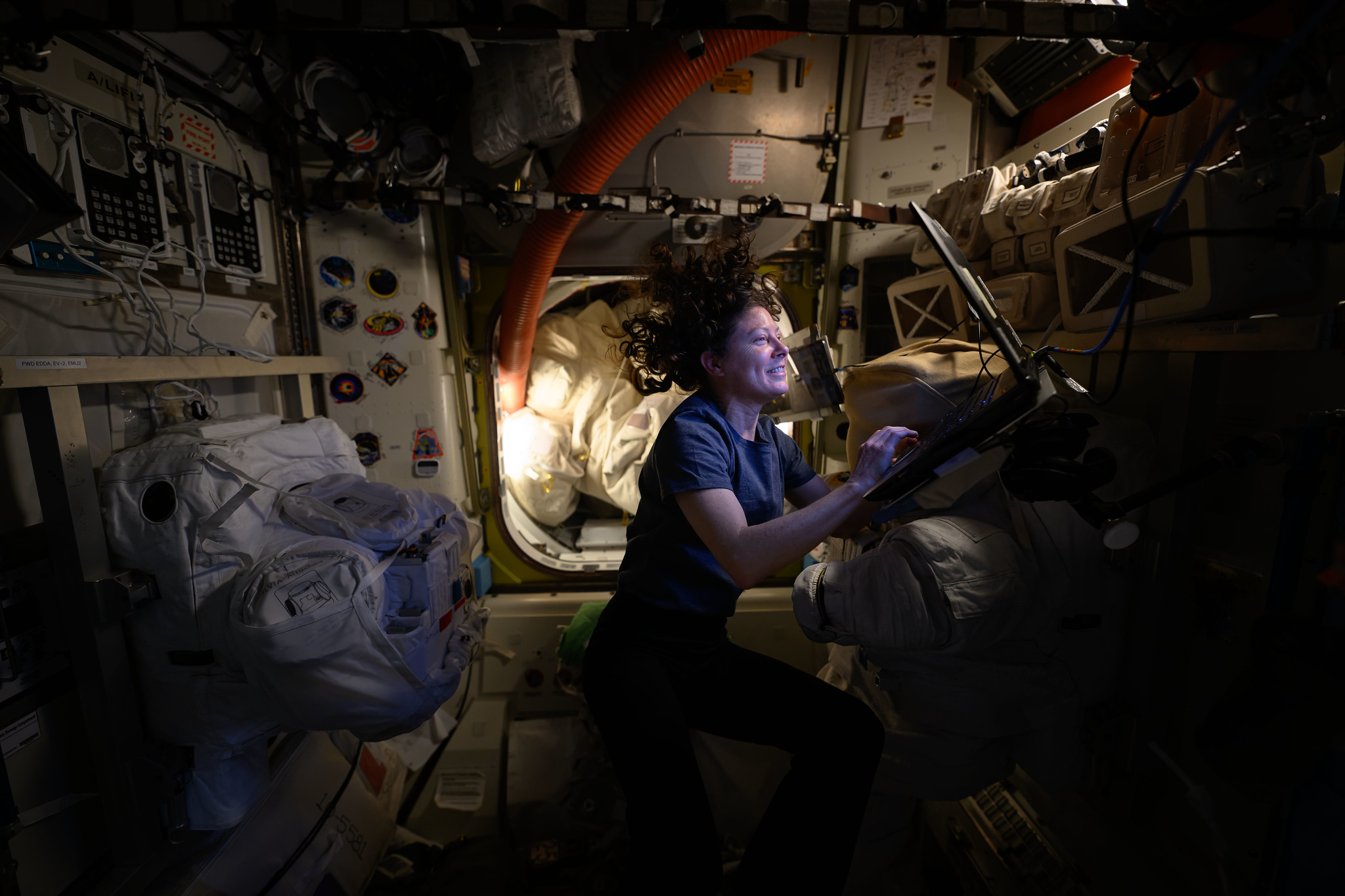NASA astronaut Tracy C. Dyson will share details of her recent six-month mission aboard the International Space Station in a news conference at 11 a.m. EDT Friday, Oct. 4, at the agency’s Johnson Space Center in Houston.
The news conference will air live on NASA+ and the agency’s website. Learn how to stream NASA content through a variety of platforms, including social media.
Media interested in participating in person must contact the NASA Johnson newsroom no later than 5 p.m. Thursday, Oct. 3, at 281-483-5111 or jsccommu@mail.nasa.gov.
Media wishing to participate by phone must contact the newsroom no later than two hours before the start of the event. NASA’s media accreditation policy is available online. To ask questions by phone, media must dial into the news conference no later than 10 minutes prior to the start of the call. Questions may also be submitted on social media by using #AskNASA.
Spanning 184 days in space, Dyson’s third spaceflight covered 2,944 orbits of the Earth and a 78-million-mile journey as an Expedition 70/71 flight engineer. Dyson also conducted one spacewalk of 31 minutes, bringing her career total to 23 hours, 20 minutes on four spacewalks. Dyson returned to Earth on Sept. 23, as planned, along with her crewmates, Roscosmos cosmonauts Oleg Kononenko and Nikolai Chub.
Dyson launched on March 23 and arrived at the station March 25 alongside Roscosmos cosmonaut Oleg Novitskiy and spaceflight participant Marina Vasilevskaya of Belarus. Novitskiy and Vasilevskaya were aboard the station for 12 days before returning home with NASA astronaut Loral O’Hara on April 6.
While aboard the orbiting lab, Dyson conducted dozens of scientific and technology activities to benefit future exploration in space and life back on Earth. She remotely controlled a robot on Earth’s surface from a computer aboard the station and evaluated orbit-to-ground operations. She operated a 3D bioprinter to print cardiac tissue samples, which could advance technology for creating replacement organs and tissues for transplants on Earth.
Dyson also participated in the crystallization of model proteins to evaluate the performance of hardware that could be used for pharmaceutical production and ran a program that uses student-designed software to control the station’s free-flying robots, inspiring the next generation of innovators.
Learn more about space station activities by following @space_station and @ISS_Research on X, as well as the ISS Facebook, ISS Instagram, and the space station blog.
-end-
Joshua Finch / Claire O’Shea
Headquarters, Washington
202-358-1100
joshua.a.finch@nasa.gov / claire.a.o’shea@nasa.gov
Courtney Beasley
Johnson Space Center, Houston
281-483-5111
courtney.m.beasley@nasa.gov


